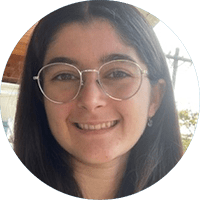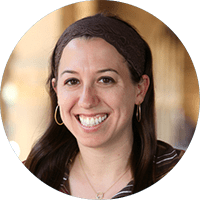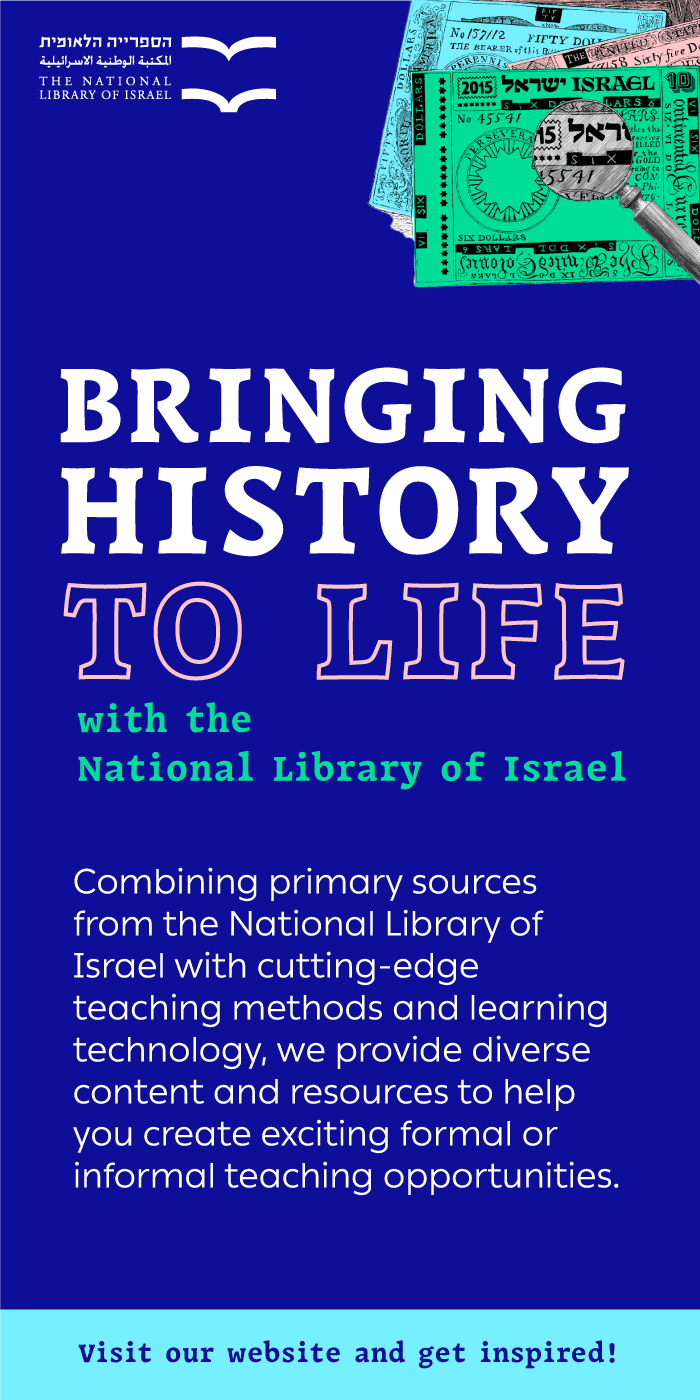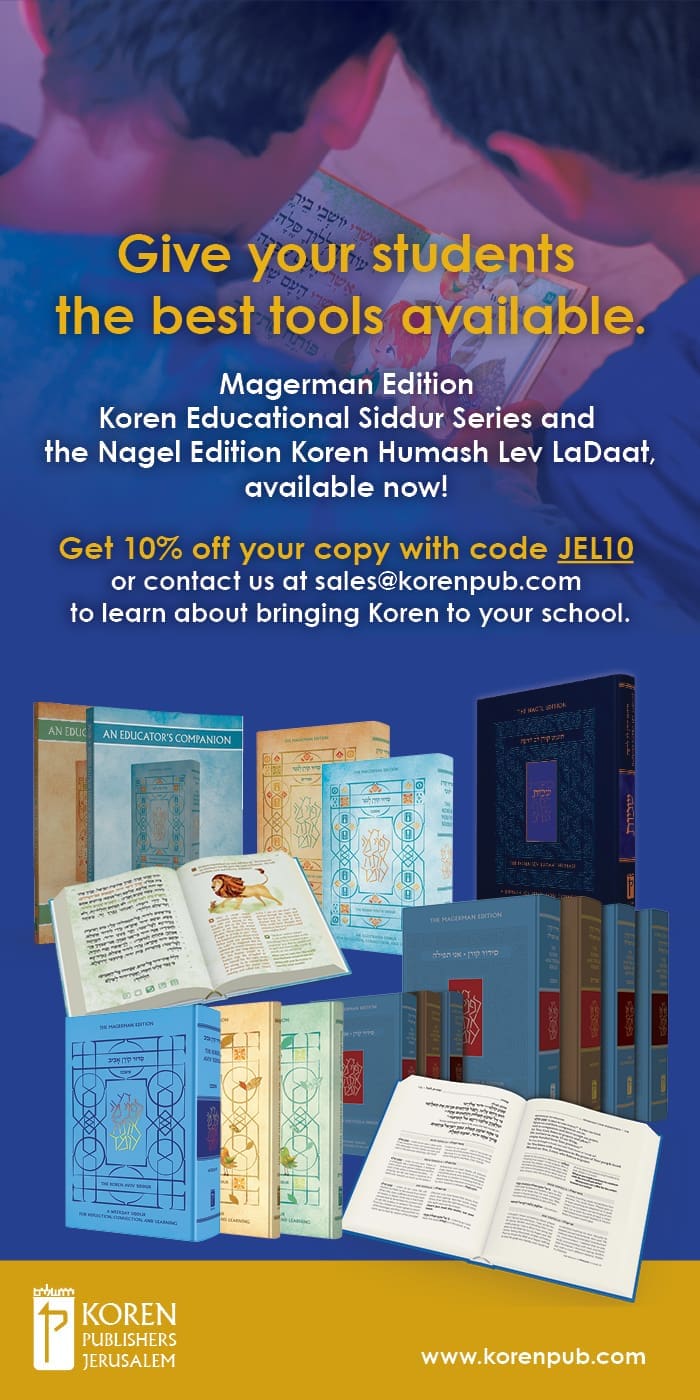Torah Texts and the “Texts” of Our Lives
In the Spring of 2020, as the world reeled from the seismic shifts precipitated by the COVID-19 pandemic, Professor Ziva Hassenfeld (second author) initiated a teacher research project with her Brandeis University lab, SCRoLL, to study the pedagogy of early elementary education remote Tanakh instruction. Our research team set out to capture the unique pandemic era culture of textual interpretation that developed in our combined preK-1st grade classroom. The K-8 Jewish day school in which we taught was operating in a hybrid mode. The specific students that we were teaching were those who had opted out of in-person learning for personal reasons. What we found in this classroom was more than just an unusual learning environment: we saw a group of students profoundly shaped by their new day-to-day reality and a classroom that was, rather than an encapsulated place of instruction, a fluid space, providing a window into the ways children’s learning is fed not only by school, but by home, family, and each moment of their daily lives.
In this new and uncertain world of the past year, our students continually stepped into unprecedented experiences and social roles with shifting dynamics and expertise. We want to suggest that the milieu in which our virtual Tanakh class took place impacted the methods students used to read and understand the biblical texts in our class. Students felt comfortable moving between text and life seamlessly, perhaps more than ever, because their life was a text, in as much need of close reading as any classic source.
Through the series of vignettes shared here, we hope to demonstrate the ways in which our students brought the profoundly felt impact of the pandemic and a politically tumultuous year into our classroom, and into their study of biblical text. Whether through direct connections between the material and personal experiences or through side conversations that influenced the virtual classroom culture, the specter of the pandemic was ever-present in this learning space.
Perceptions of Authority: A COVID Swab, A Snake, and Birthday Cake
A student logged into our Zoom class late one day. “I missed a lot,” she told the class repeatedly. She was eager to share the reason why: she had had a long wait in the car, and then “they” had put something in her nose that hurt—the swab for a COVID-19 test. We can hear a note of hesitancy in her voice about the last details. Though her parent clarified from off-screen (“They did a COVID test”), the student seemed unsure at first what it even was that was done to her nose, or why it was done. Certainly, she knew that it was something different; maybe a little special (no one else had had this done), but this uncertainty held fear as well. The other students seemed to share her frightened hesitation, as we see in their many questions: How much did it hurt? Why did she need the test? What was the test for again? Did her nose bleed?
The last was asked repeatedly by a student who usually displayed plenty of confidence and knowledgeability in the classroom. Her strengths were in direct interpretation of the text—providing the “right” or expected answer, pointing out whatever was obvious or literal in the text. She objected directly at times to other students bringing examples from their own lives to the text study. This child was uncharacteristically troubled by the potential negative aspects of COVID testing, much as she expressed concern about connecting sacred text to everyday life. Despite her enthusiasm to participate, in her we see a resistance to the drastic changes of the pandemic world: resistance to the porous nature of the classroom, and resistance to the frightening realities of the pandemic.
A key element of our students’ interpretive toolbox was the knowledge of authorities in their lives—teachers, parents, and other adults. They would often reference the explanation given by a parent as their reasoning for an interpretation (“I know because my dad said so”). Yet, although peers in a physical classroom might normally talk through new, sometimes scary life experiences together, sharing the knowledge they gain, these pandemic life experiences were totally new to the adults around them as well. There was no adult to assure them that the way the COVID-19 swab felt was alright—it was quite possibly their parent or guardian’s first COVID-19 swab as well.
In the face of her classmate’s concern, the first student was emboldened. She was the expert here, the only one of her peers to have this knowledge. As if to reassure them all, she changed her telling of the experience, concluding the conversation with this summary: “It didn’t bleed… it tickled only a little.” In this moment of uncertainty, lacking the authority of an adult, we saw the students turn to one another for guidance and to better understand the unknown parts of the new world they live in.
We soon turned to the biblical text at hand for the day. This student, having been placed in the role of expert for those first few minutes of class, carried this confidence with her through the text discussion. She contributed more frequently than she had in the past, shared her ideas with confidence, and showed comfort with disagreeing with the more “knowledgeable” students.
Both the absence and presence of adult knowledge authority were palpable in our classroom, emphasized by the fluid nature of virtual learning. Parents were often pulled into the Zoom box to confirm ideas the students had shared or referenced as text sources during discussions. In one conversation, which began with the biblical story of the Garden of Eden and the snake but quickly veered off-topic, three students debated the dangerous nature of snakes, looking to the authority of their fathers as the final word on whether snakes are harmless or to be avoided. In this conversation, one student went so far as to tell another student that she was wrong about a snake she’d seen in her backyard. The objecting student said, “I think that snake was not a garden snake.” But the other child had an iron-clad defense: “My dad told me [it was]!”
Themes of knowledge-sharing and authority in the social realm also became evident during our research. “I had a birthday,” one student said at the beginning of a class. His classmates quickly chimed in, sharing which month their birthdays were in. Ziva asked this student what he did for his birthday. Her tone was awkward and her words were vague, reflecting her own uncertainty of what a child’s birthday celebration could look like in the midst of the pandemic. The students seemed to instantly understand her confusion—they explained what the theme of the party was, and how it wasn’t actually in-person or synchronous. In a “normal” classroom the teacher is the authority, but here, the combined effects of the pandemic and Ziva’s use of a student-centered pedagogical approach created a culture of knowledge sharing. The students were perfectly comfortable stepping in and demonstrating their authority on the realities of their day-to-day pandemic lives.
Present in the dynamic of personal authority was a more classic kindergarten social negotiation. One student was confused about whether or not the party was in person. She wasn’t there, and, “I don’t know why he didn’t invite me,” she said, given that she always gets invited to birthday parties. Another girl clarified again that it was virtual and asynchronous, and that’s why the other student couldn’t “be there.”
In asserting their primary knowledge of their own lives, the students not only took up a stance of authority in the classroom, but also processed the strangeness of their new reality together—there was hurt on the part of one student when she initially thought she missed out on a major, big-deal event (an in-person party), followed by the reassurance of her peer and, perhaps, a certain sadness on all their parts that it was, in fact, only a virtual event. In this simple conversation, the disparate pieces of our students’ new educational realities came together: they were at once authorities where previously an adult would have been, they served as supports for one another in a challenging time, and they were children grappling with a painful social loss.
Conclusion
In our classroom, the combined effect of the pandemic and Ziva’s pedagogical priority to emphasize student voices in text discussion, and all discussion, led to a blurring of the lines between personal life and classroom, and textual and interpretive authority. This boundary-crossing was different from what we have observed in physical classrooms. Students were able to bring in external sources (parents), were pushed to rely on one another, and to become interpretive authorities themselves. This bled into the ways they positioned themselves vis-a-vis the biblical texts and as interpreters. Certainly, the children have felt the harsh realities of the pandemic every day, from the pain of being separated from friends to the frustrations of virtual learning, and the inevitable fear of a dangerous, poorly understood disease that has spread rapidly in their communities. But in this year of loss and sadness, we have seen a silver lining that may well stay with us for years to come. In the upside-down world our young students inhabited, they found in themselves flexibility, autonomy, and authority. These new roles were not checked at the door of the classroom. This is perhaps because there was no door, or perhaps because it’s simply a better position to be in for learning.

Gavriella Troper-Hochstein is a Brandeis University undergraduate from Portland, Oregon, who has worked in supplementary Jewish education since 2015 and is passionate about youth empowerment and inclusive access to Jewish knowledge.

Ziva R. Hassenfeld is the Jack, Joseph and Morton Mandel Assistant Professor in Jewish Education at Brandeis University. She studies reading comprehension from a sociocultural perspective, focusing on how children develop interpretations of the Hebrew Bible as a case of student reading development.




